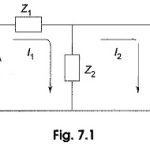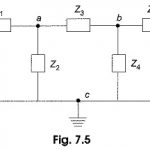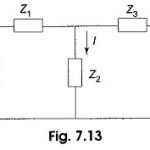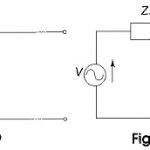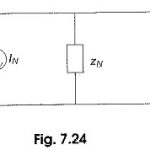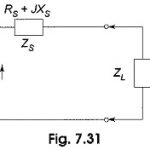Steady State AC Analysis Articles:
Mesh Current Equation: We have earlier discussed meth analysis but have applied it only to resistive circuits. Some of the ac circuits presented in this chapter can also be solved by using Mesh Current Equation analysis. We already know, the two … (Read More)
Node Voltage Method: The node voltage method can also be used with networks containing complex impedances and excited by sinusoidal voltage sources. In general, in an N node network, we can choose any node as the reference or datum node In … (Read More)
Superposition Theorem Formula: The Superposition Theorem Formula also can be used to analyses ac circuits containing more than one source. The superposition theorem states that the response in any element in a circuit is the vector sum of the responses that … (Read More)
Thevenin Equivalent Circuit: Thevenin’s theorem gives us a method for simplifying a given circuit. The Thevenin Equivalent Circuit form of any complex impedance circuit consists of an equivalent voltage source VTh, and an equivalent impedance ZTh, arranged as shown in Fig. … (Read More)
Norton Equivalent Circuit: Another method of analysing a complex impedance circuit is given by Norton’s theorem. The Norton Equivalent Circuit form of any complex impedance circuit consists of an equivalent current source IN and an equivalent impedance ZN, arranged as shown in … (Read More)
Maximum Power Transfer Theorem: Here, the maximum power transfer theorem has been discussed for resistive loads. The maximum power transfer theorem states that the maximum power is delivered from a source to its load when the load resistance is equal to … (Read More)
